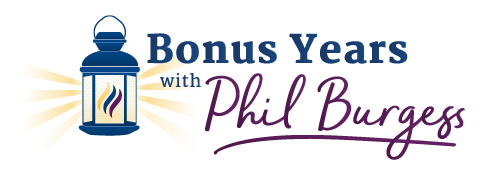
Top Down Reform Recipe for Trouble
by Phil Burgess, Unabridged from the Rocky Mountain News, March 30, 1993
The work of the President’s Task Force on National Health Care Reform is quickly moving to the front burner and controversy is growing — both on the substance of the plan and on the process by which it is being assembled.
Process objections are many. But the main issue is accountability — beginning with President Clinton’s decision to select First Lady Hillary Rodham Clinton to chair the Task Force and the decision of the Task Force to meet behind closed doors.
Until last week, when many members were outed by the Wall Street Journal, even the names of participants on more than 30 task force working groups were a secret. Forced by leaks to release the names, we now know the task force has 528 people. Of these 494 (93%) are government employees — including 412 (78%) full time bureaucrats. Only 17 (less than 4%) could be described as independent consultants. No matter how you count, there are few seats at the table for customers or suppliers.
Most Americans are understandably skeptical that bureaucrats, consultants and other policy wonks — are sufficiently tuned in to develop a healthcare plan that will work for everyone without bankrupting the country. Most Americans would feel more comfortable if deliberations by experts were aired in public. Initiatives designed and executed by “whiz kids” behind closed doors are too often prohibitively costly and out of touch with practical realities.
The Task Force went public yesterday by taking 13 hours of public testimony from stakeholder groups at George Washington University.
Results: Substantive objections to pending reforms are profound and deep. Though many showed support for managed competition, the National Association of Social Workers, the National Council of Senior Citizens and many others favor a Canadian-style single payer system. Small business and those representing rural areas also objected.
The public is also concerned. Callers to C-SPAN, which covered the hearings, expressed shock at the enthusiasm of Task Force members to include mental health as a “basic service” and to send new platoons of counselors and psychologists into the public schools at taxpayers expense to “help” America’s young people with counseling when they should be learning the 3-Rs.. To some, the safety net looks increasingly like a hammock, while others object to the increasing intrusion of mental health professionals and the values they teach our children.
So, the plan is still in flux and the debate over cost and how to pay for it hasn’t even begun. As Clinton looks increasingly like a taxaholic, healthcare reform looks more like a resurrection of the old Soviet Commissariat for Agriculture, which tried, unsuccessfully, to design and manage a top-down system to grow wheat and potatoes. Top-down, one-size-fits-all healthcare reform won’t work either. A modified Hippocratic oath — “Reformers, do no harm” — should be taken by all 500 members of the task force when they go behind closed doors again. That would be a major achievement for the first 100 days.
Get the Bonus Years column right to your inbox
We take your inbox seriously. No ads. No appeals. No spam. We provide — and seek from you — original and curated items that make life in the Bonus Years easier to understand and easier to navigate.
Other posts from the Annapolis Institute:
More from Phil:
